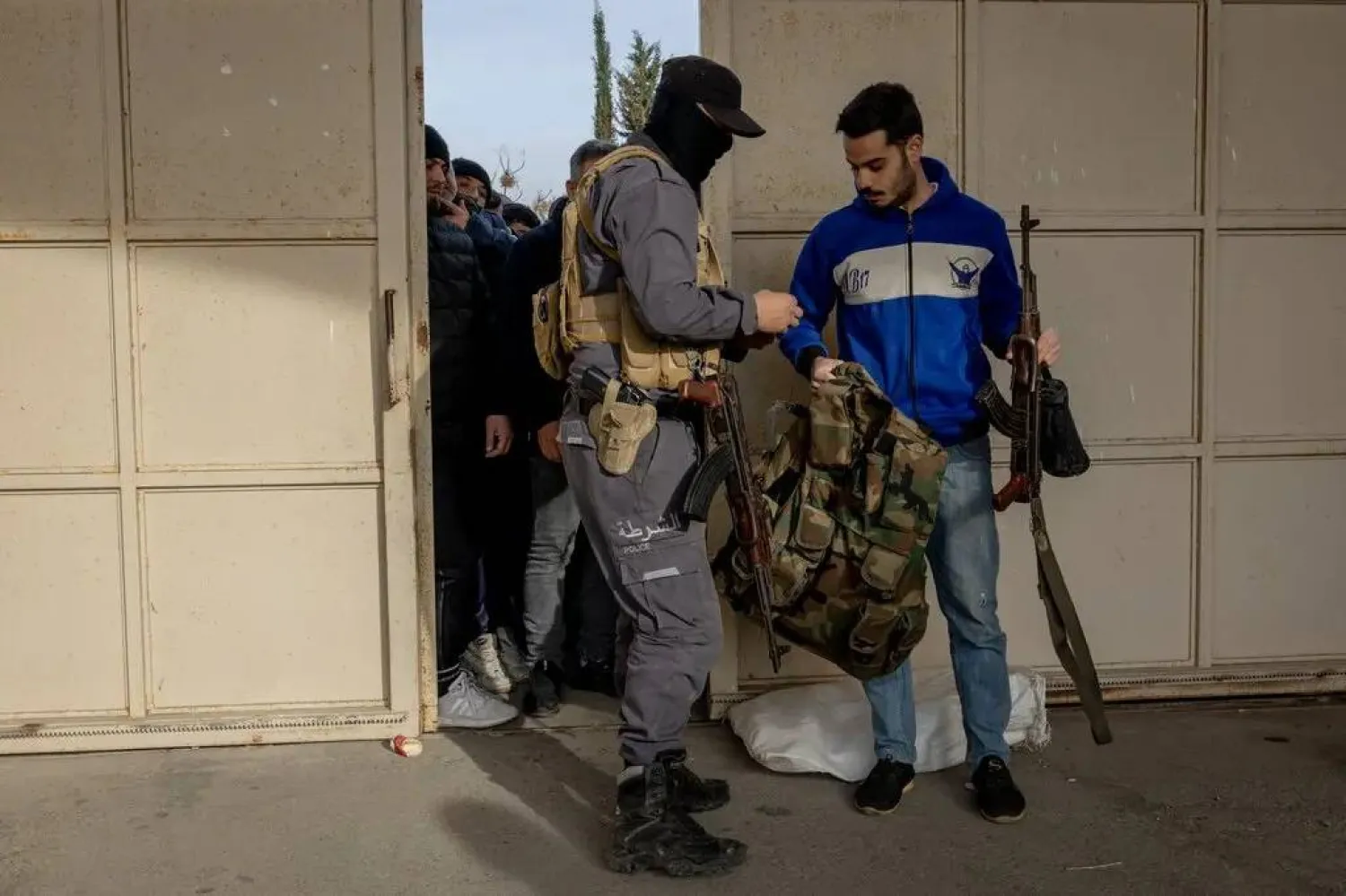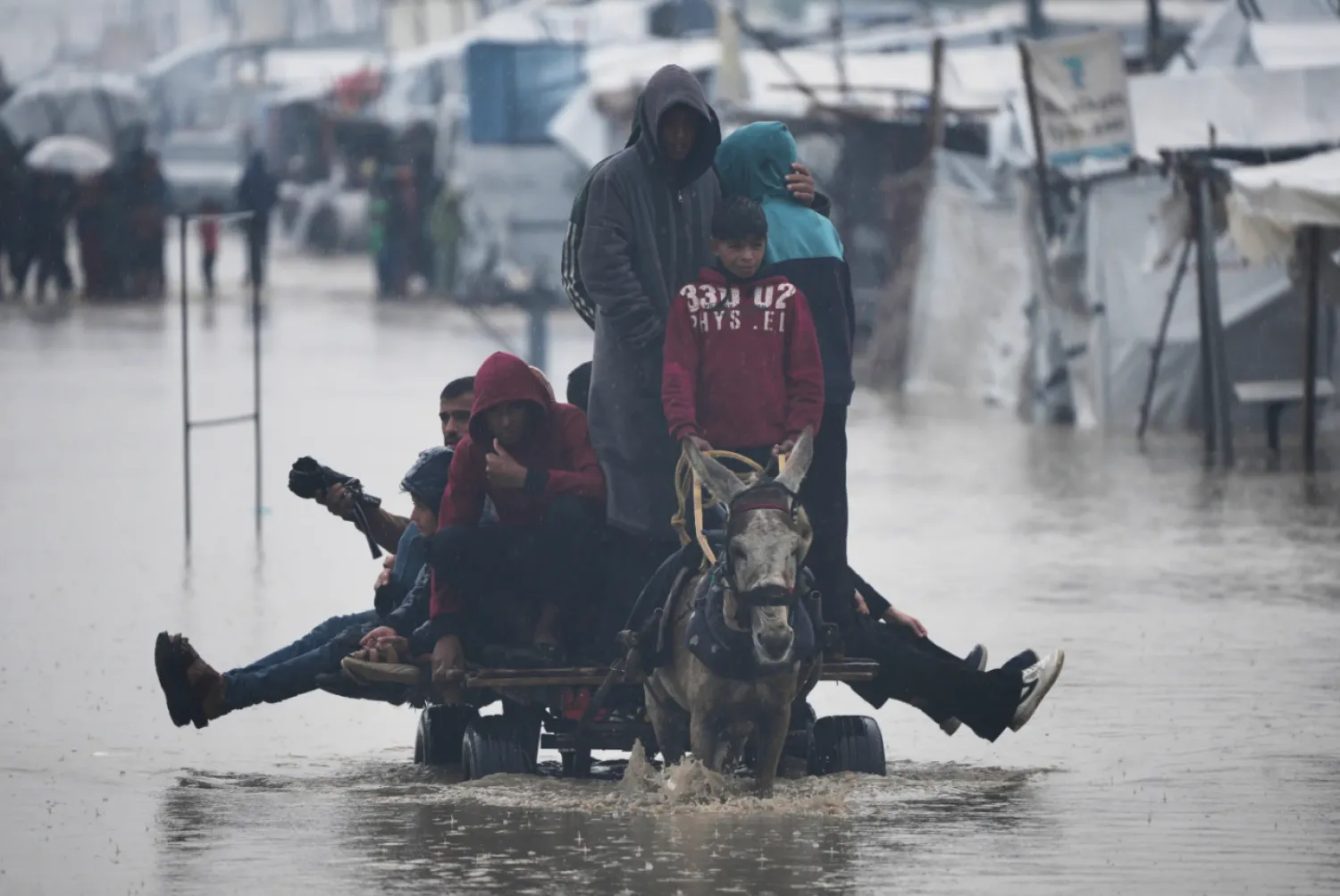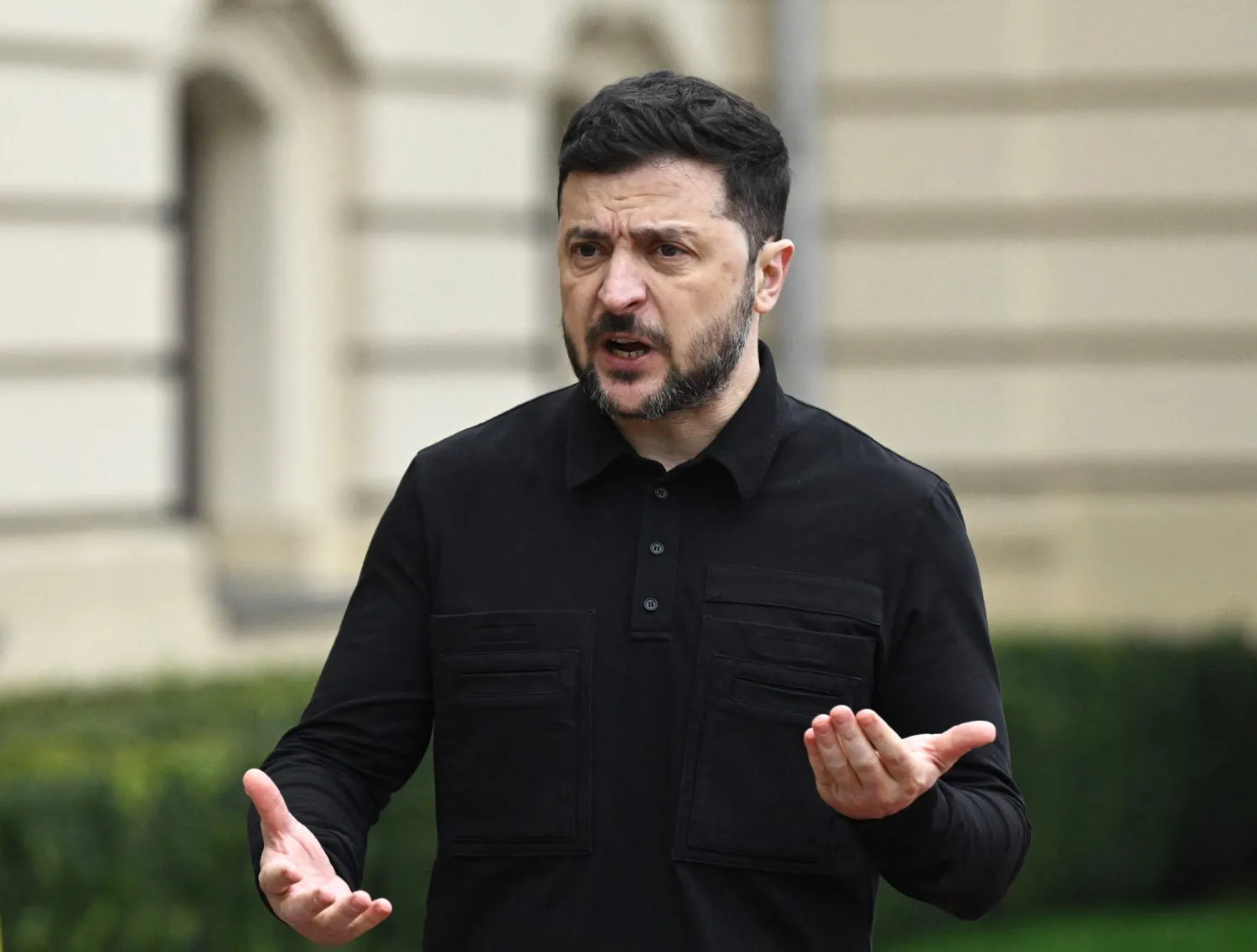For three decades, “Hezbollah” maintained a singular focus as a Lebanese military group fighting Israel. It built a network of bunkers and tunnels near Lebanon’s southern border, trained thousands of committed fighters to battle Israel’s army and built up an arsenal of rockets capable of striking far across Israel, said a New York Times report on Monday.
But as the Middle East has changed, with conflicts often having nothing to do with Israel flaring up around the region, “Hezbollah” has changed, too.
It has rapidly expanded its realm of operations. It has sent legions of fighters to Syria. It has sent trainers to Iraq. It has backed rebels in Yemen. And it has helped organize a battalion of combattants from Afghanistan that can fight almost anywhere.
As a result, “Hezbollah” is not just a power unto itself, but is one of the most important instruments in the drive for regional supremacy by its sponsor: Iran.
“Hezbollah” is involved in nearly every fight that matters to Iran and, more significantly, has helped recruit, train and arm an array of new militant groups that are also advancing Iran’s agenda.
Founded with Iranian guidance in the 1980s as a resistance force against the Israeli occupation of southern Lebanon, “Hezbollah” became the prototype for the kind of militias Iran is now backing around the region. “Hezbollah” has evolved into a virtual arm of Iran’s Islamic Revolutionary Guards Corps, providing the connective tissue for the growing network of powerful militias.
Months of interviews with officials, fighters, commanders and analysts from nine countries, and with members of “Hezbollah” itself, bring to light an organization with new power and reach that has not been widely recognized. Increasingly, Iranian leaders rely on it to pursue their goals.
Iran and “Hezbollah” complement each other. For Iran, a Persian nation in a mostly Arab region, “Hezbollah” lends not just military prowess but also Arabic-speaking leaders and operatives who can work more easily in the Arab world. And for “Hezbollah”, the alliance means money for running an extensive social services network in Lebanon, with schools, hospitals and scout troops — as well as for weapons, technology and salaries for its tens of thousands of fighters.
The network “Hezbollah” helped build has changed conflicts across the region, said the Times.
In Syria, the gunmen have played a major role in propping up Bashar al-Assad, an important Iranian ally. In Iraq, they are battling the ISIS and promoting Iranian interests. In Yemen, seized the capital Sana’a in support of the insurgents. In Lebanon, they broadcast pro-Iranian news and build forces to fight Israel.
The allied militias are increasingly collaborating across borders. Syria, Iranian-backed forces are pushing to connect with their counterparts in Iraq. And in the battle for Aleppo last year — a turning point in the Syrian war — Iranian-supported fighters hailed from so many countries their diversity amazed even those involved.
“On the front lines, there were lots of nationalities,” said Hamza Mohammed, an Iraqi fighter who was trained by “Hezbollah” and fought in Aleppo. “‘Hezbollah’ was there, Afghans, Pakistanis, Iraqis – everyone was there, with Iranian participation to lead the battle.”
The roots of that network go back to the American invasion of Iraq in 2003, when Iran called on “Hezbollah” to help organize Iraqi Shiite militias that in the coming years killed hundreds of American troops and many more Iraqis.
Recent wars have allowed Iran to revive and expand the web, and some of the groups “Hezbollah” trained in Iraq are now returning the favor by sending fighters to Syria.
More than just a political alliance, “Hezbollah” and its allies have deep ideological ties to Iran. Most endorse vilayat-e-faqih, the concept that Iran’s supreme leader is both the highest political power in the country and the paramount religious authority. They also trumpet their goal of combating American and Israeli interests, while arguing that they fill gaps left by weak governments and fight extremists like al-Qaeda and ISIS.
Many wonder what these tens of thousands of experienced fighters will do after the wars in Syria and Iraq wind down.
For “Hezbollah”, expansion has come with a cost. The grinding war in Syria has saddled it with heavy casualties and growing financial commitments.
In an interview, Sheikh Naim Qassem, “Hezbollah” deputy secretary general, proudly acknowledged his organization’s efforts to pass its rich experience to other Iranian-aligned forces.
“Hezbollah” has become active in so many places and against so many enemies that detractors have mocked it as “the Blackwater of Iran,” after the infamous American mercenary firm.
“Hezbollah” has taken on increasingly senior roles in ventures once reserved for Iran’s Islamic Revolutionary Guards Corps — the force that helped create “Hezbollah” itself.
In Iraq, Iran has redeployed militias originally formed to battle American troops to fight ISIS. It has also recruited Afghan refugees to fight for a militia called the Fatemiyoun Brigade. And it has organized a huge airlift of fighters to fight for Assad in Syria. The Islamic Revolutionary Guards Corps provides the infrastructure, while commanders from Iran and “Hezbollah” focus on training and logistics, said the Times.
Fighters interviewed in Iraq described how they had registered at recruitment offices for Iranian-backed militias to fight ISIS. Some were trained in Iraq, while others went to Iran for 15 days of drills before flying to Syria to fight. More experienced fighters took advanced courses with Iranian and “Hezbollah” commanders in Iran or Lebanon.
Phillip Smyth, a University of Maryland researcher who studies militant groups, said more than 10,000 Iraqi fighters were in Syria during the battle for Aleppo last year, in addition to thousands from other countries.
Officers from Iran coordinated the ground forces with the Syrian military and the Russian air force while “Hezbollah” provided Arabic-speaking field commanders, the fighters said.









